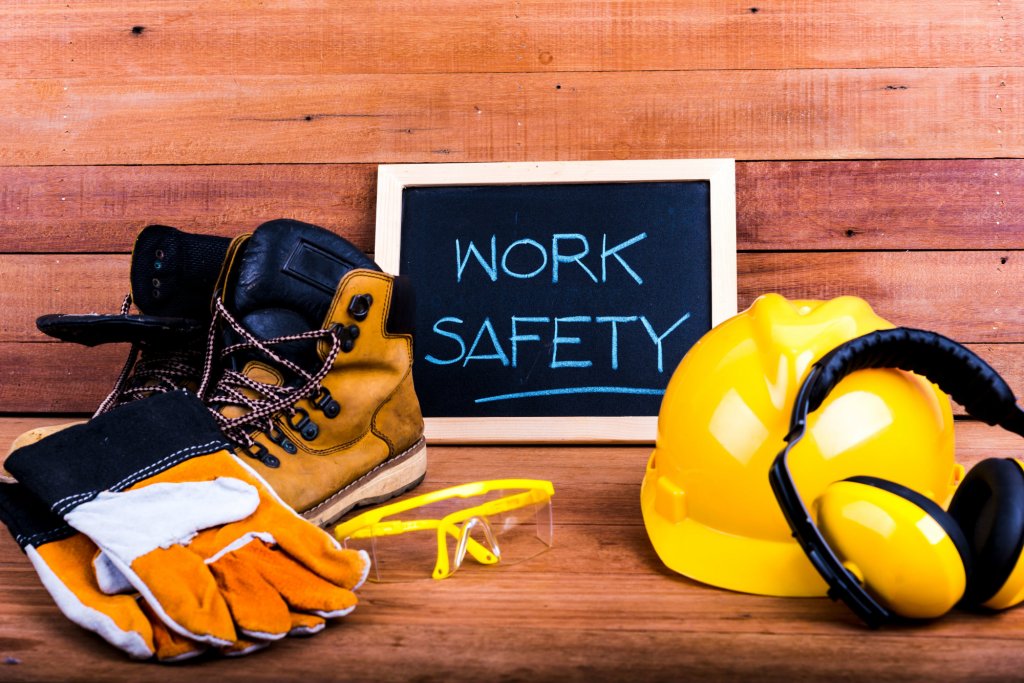The fatality rate for the industry remained unchanged in 2018, according to the the Bureau of Labor Statistics’ (BLS) Census of Fatal Occupational Injuries Report.
Fatal occupational injuries for the construction industry, defined by the BLS as jobs including the construction of buildings, heavy and civil engineering contractors, and specialty trade contractors, increased from 971 in 2017 to 1,008 in 2018. In the BLS category “construction and extraction occupations,” which includes supervisors of construction and extraction workers, construction trade workers, and extraction workers, the count of fatal occupational injuries increased to 1,003 in 2018.
The 2018 construction fatality rate for the construction industry remained at unchanged at 9.5 per 100,000 full-time workers compared to 2017. The fatality rate for the category of construction and extraction occupations remained unchanged at 12.2 per 100,000 full-time workers.
While the overall rate of construction fatalities remained unchanged for the large construction and construction and extraction categories, the BLS found some construction-related jobs had a much higher fatality rate than the industry and national averages. Roofers had fatality rates more than 10 times the all-worker rate of 3.5 fatalities per 100,000. The fatal-accident rate for roofers was over 50 per 100,000 full-time workers.
The BLS reported fatal falls, slips, and trips decreased 11% in 2018 after reaching an all-time high in 2017. The decline was largely attributed to a 14% drop in falls to a lower level from 713 to 615, the lowest count since 2013. OSHA estimated enforcement efforts helped abate more than 7,000 fall-related hazards in the construction industry.
Overall, the BLS found that total fatal U.S. workplace accidents increased from 5,147 in 2017 to 5,250 in 2018, while the fatality rate remained constant at 3.5 per 100,000 full-time workers. The BLS found unintentional overdoses at work increased 12%, the sixth consecutive annual increase and a perceived reflection of the broader opioid crisis in the U.S. Suicide at work also increased significantly in 2018, by 11% according to the BLS.
“OSHA will continue to use BLS for enforcement targeting within its jurisdiction to help prevent tragedies,” principal deputy assistant secretary of occupational safety and health Loren Sweatt said in an OSHA news release. “Inspections for OSHA were up, and we will work with state plans so employers and workers can find compliance assistance tools in many forms or call the agency to report unsafe working conditions. Any fatality is one too many.”
